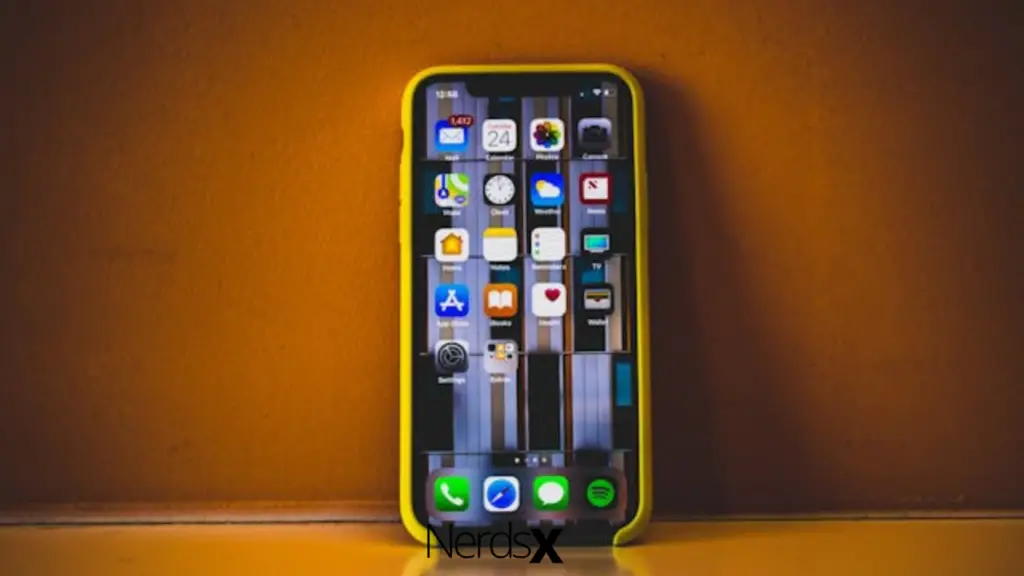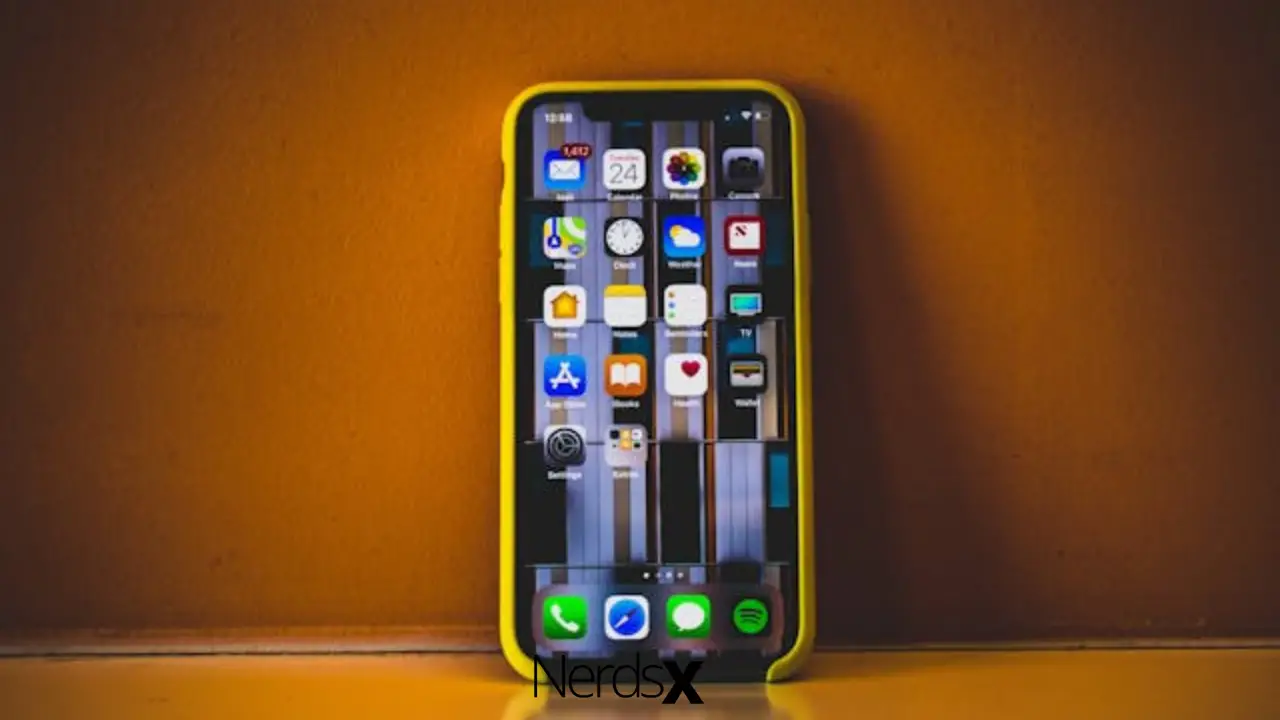Are you having an issue with battery draining?
Is your data pack exhausting faster than expected?
Android is the most popular mobile phone platform in the world. The number of people feeling confident to purchase Android phones testifies to the OS’s popularity. It may be safe to say that you are browsing this website on an Android phone.
But, Android phones are not completely foolproof. There are some issues with battery draining, quick consumption of data that maligned Android for a long time. However, Google is quick to address those issues and released Android versions that are proven to minimize such issues.
Battery Draining On Android System
It has to be immensely frustrating if your Android phone runs out of battery faster than you expect. What can be more stressful than having to recharge your phone after a full charge overnight? Moreover, with battery drainage, you may have noticed that your phone’s slowing down.
Battery draining and phone slowing down can go hand in hand. Many a time, these two issues are related. The same cause these two issues are likely to share is those background apps.
Yes, background apps!
Android is infamous for apps running in the background, draining the battery and declining performance along the way. Apps running in the background can use up battery, as well as resources. There are divisions among apps too.
Some apps on your device may be well optimized, some may be a bug, or some may be malware. Don’t worry! No matter how complicated they sound. The steps to solving these issues are very straightforward.
You can easily shut down the apps running in the background and save your battery and data. It doesn’t take a full-fledged developer to shut down those rogue background apps. In this article, I am going to discuss all the ways available to prevent apps from running in the background.
Some of the ways may seem familiar to you. But, this article is written with one of the latest Android versions from Google. So, this article will surely act as your guide to saving your battery for years to come.
5 Simple Ways You Can Limit Background Activity On Your Android
1. Update Your Android To Oreo If Possible
Google has done plenty to manage Android’s resource usage over the last few updates. One of the latest Android versions of Google, Oreo, is a huge promise of their effort. Oreo introduces power conservers to an enchantment of Background Execution Limits.
Background Execution Limits allow you to manage your apps running in the background. Background Execution Limits let you know what resources and broadcasts are required to run an app in the background.

How Can Background Execution Limits Help You?
Background Execution Limits come built-in in Android Oreo. You won’t have to make any customization to your phone to take advantage of this feature. As long as apps are compatible with Android Oreo, you stand to utilize Background Execution Limits fully.
Google Warns
Now apps may not be coded with Android 8.0 Oreo in mid. Therefore, those apps that run on this system may not automatically limit themselves. However, when Google develops something, you can expect immense flexibility and usability.
Therefore, you won’t have to worry about apps that are originally not compatible with Android 8.0 Oreo. Oreo 8.0 comes with a toggle that allows you to force certain apps to comply with Background Execution Limits.
So updates your OS to latest.�?
Background Execution Limits Is The Feature Of Decades!
Background Execution Limits are not the same as Stock Battery Optimization feature. Background Execution Limits and Stock Battery Optimization are different in functionality. What makes Background Execution Limits different is its ability to better control resources.
CPU resources like RAM and CPU cycles can make your Android experience overall pleasant. Oreo 8.0 won’t be all for you to stop power-hungry apps from running in the background. The system will be effective for the apps designed to maintain the Operating System standard.
Recap: Android Oreo 8.0 To Stop Apps Running In The Background
1. Android Oreo 8.0 comes with a feature titled Background Execution Limits to save your device’s battery power and resources.
2. Background Execution Limits help you detect the apps using up your resources and manage them for good performance and long battery life.
3. Android Oreo 8.0 still has some drawbacks for the apps that aren’t coded for Oreo 8.0
2. Manage Your Background Process
The best way to monitor the processes that are making a dent is to dig around the hood. What I meant is that you have to look into your device’s system to discover power-hungry apps. There are monitoring tools built into Android.
Below I am going to discuss how you can go through your system to discover such apps. Before walking you through it all, you need to know the process screen looks, the way to access it, and the titles can be different depending upon the manufacturer.
Here Are The Steps To Learn About The Background Process:
1. First, enable developer options on your phone.
2. If you have an Android version before Marshmallow, you have to go to Settings > About. Then, you have to tap Developer Options a couple of times. Once Developer Options is open for modification, you will get a notification saying that the options are unlocked. And, you can stop tapping.
3. Once Developer Options is unlocked, now look for Process Stats or Processes. This involves going to Settings > Developer Options > Processes. The Processes list all the running processes displaying how much RAM each app has consumed.
4. From there, you can easily identify the most RAM-consuming apps and stop them from running in the background. But, you want to know what you are doing. Forcing some apps to stop may lead to your phone crashing.
5. For advanced phones like Samsung S8 Edge, you have to browse through Settings > Developer Options > Running Services. This will display the list of apps consuming RAM the most.
3. Now, Which Apps Should You Stop?
Stopping wrong or system apps are likely to crash your phone. There are certain apps that are marked by Google Services. These apps are not to be stopped. What else? Avoid stopping any apps that begin with Google. These apps are system apps, not to be manually stopped.
However, apps that you aren’t currently using, but being processed can be stopped without hesitation. Such apps can be Music Player, Video Player, Facebook App, YouTube App, etc.
If you mistakenly tap on a crucial app, don’t worry. Important apps won’t allow you to force stop anyways.
Follow The Steps Listed Below To Stop Apps Manually:
1. To stop an app manually via the processes list involves going to Settings > Developer Options > Processes, then click on the STOP button.
2. To Force Stop an application, go to your Application Manager / Apps and select the app you want to modify. You can uninstall any apps from this menu as well. But, don’t go uninstall apps that appear when you select the Show System Apps option.
4. How To Save Battery Life On Your Android Phone
Battery draining is like the issue of the decade. As smartphones have become an indispensable part of our lifestyle, we hardly can spend a moment without a recharged phone. Imagine the horror when your phone runs out of power after playing a couple of minutes of Asphalt.
There is nothing wrong with playing games on Android. But, what could be a problem is that apps running in the background and consuming battery. Wouldn’t it be great if you found the useless apps running in the background, so you could stop them?
In order to view the apps and their consumption of the battery, head to Settings > Battery. This will display the list of apps that have used the most battery since you last recharged. Form this last, you can decide which apps want to keep or stop individually.
If you want to stop certain apps individually, you have to retrace the same procedure discussed in the above section. In this section, you have to be careful as to the type of apps you are stopping.
5. Task Killers And Memory Optimization
Android experts argue that task killers do more harm than good.
How?
Task killers function by force stopping an app running in the background. When the app starts again; it could be you or by the device itself, it is going to drain your resources. An app getting killed and starting once again sure puts a strain on the battery life.
Therefore, using a task killer may seem counter-productive. The way it kills apps will surely drain your battery more. Therefore, it may be better that,�? you don’t install any task killer in the first place.
Final Thought
Is your Android draining your battery faster than you expect? Well, it shouldn’t! You can take control of this easily! This article can act as your complete guide to saving your device’s battery and boosting overall android performance as well.
FAQ
1. How Do I Turn Off Background Apps On Android?
Short Answer- Go to Settings > Apps & Notifications > Apps. You’ll see your apps load, and from here, you can click into any app and decide to Force Stop or Uninstall it.
2. How Do I Stop Apps From Automatically Running On Android?
1. Open “Settings” > “Applications” > “Application Manager“.
2. Choose the app you wish to freeze.
3. Select “Turn off” or “Disable“.
3. What Happens When You Restrict Background Data?
Answer- The apps will no longer consume the internet in the background, i.e. while you are not using it.
4. What Happens When You Turn Off Background Apps?
Answer- Notifications will be stopped until you open the app.

